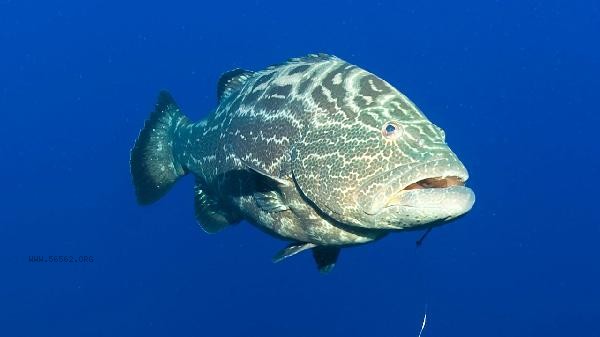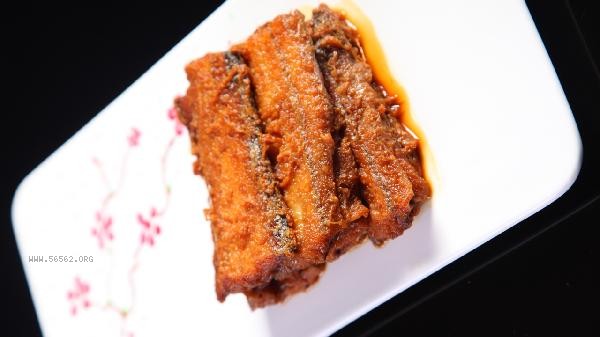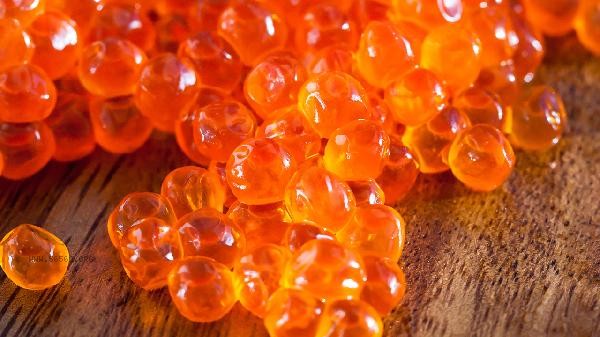The key to not sticking or peeling the pan when frying hairtail lies in temperature control, oil control, and water control. There are mainly methods such as drying the fish body, hot pan with cold oil, slow frying over low heat, minimal flipping, and powder coating treatment.

1. Dry fish body
Excessive moisture on the surface of hairtail is the main reason for sticking to the pot. After cleaning, use kitchen paper to thoroughly absorb the water inside and outside the fish body, especially wiping off any residual blood in the abdominal cavity. You can place the hairtail in a well ventilated place to dry for half an hour, or refrigerate and let it stand for one hour to further evaporate the surface moisture. After drying, the fish skin can form a protective layer, reducing direct friction with the bottom of the pot.
2. Hot pot and cold oil
The iron pot should be heated until it emits green smoke, and the non stick pot should be heated until the water droplets form a ball shape. After pouring in cooking oil, immediately add the hairtail. As the oil temperature rises, a barrier layer will form between the fish skin and the bottom of the pot. It is recommended to use peanut oil or rapeseed oil with a high smoke point, and the amount of oil should be sufficient to cover the bottom of the pot. Too little oil can easily burn, while too much can turn into deep frying.
3. Slow fry on low heat
Add hairtail, turn it to low heat, fry it on one side for three minutes, then turn it over. High temperatures can cause proteins to quickly solidify and stick to the pot, while continuous low-temperature heating can gradually solidify the fish skin. By observing the color of the edges, it can be determined that the fish can be flipped over when the surrounding area is cash yellow, and at this point, the fish skin has formed a stable charred shell.

4. Less flipping
During the frying process, flipping can occur up to twice, as frequent flipping can damage the structure of the fish skin. When the fish can slide with a spatula, it indicates that it has been set, and it can be flipped over. If there is adhesion, do not forcefully flip it over. After turning off the heat and cooling slightly, the fish skin will naturally separate. After frying, tilt the pan and bake the back of the fish with excess heat to ensure even heating of the entire body.
5. Powder coating treatment
A thin layer of starch or flour on the fish body can effectively prevent sticking, and starch gelatinizes when exposed to heat to form a protective film. It can also be wrapped in egg white, as the protein in the egg white can solidify and fix the fish skin when heated. After coating with powder, it is necessary to let it stand for five minutes to allow the powder to regain moisture, otherwise the powder layer is prone to peeling off at high temperatures. This method is particularly suitable for frozen hairtail or fish with tender skin.

For daily cooking, you can choose cast iron pots or thick bottomed non stick pots. Before using a new pot, it is necessary to fully boil and maintain it. Wiping the bottom of the pan with ginger slices before frying fish can form an oil film. After frying, do not immediately brush the pan. After the pan cools down, rinse it with hot water to extend its lifespan. Catfish is rich in high-quality protein and omega-3 fatty acids. It is recommended to consume it two to three times a week, and pairing it with lemon juice or vinegar can promote calcium absorption. Adding ginger slices when frying for those with spleen and stomach deficiency and coldness can neutralize the coldness of fish meat.








Comments (0)
Leave a Comment
No comments yet
Be the first to share your thoughts!